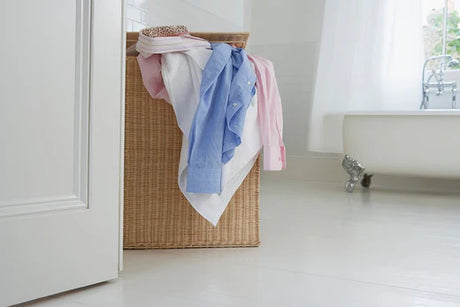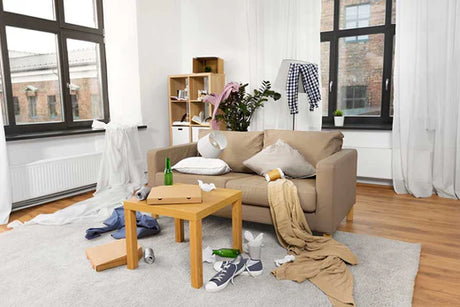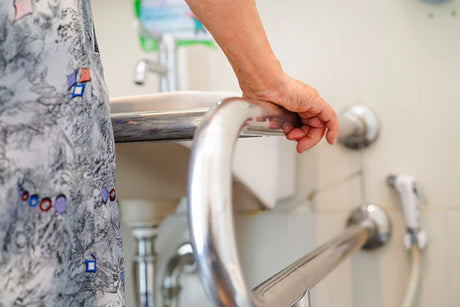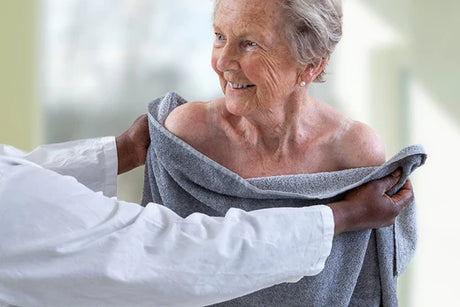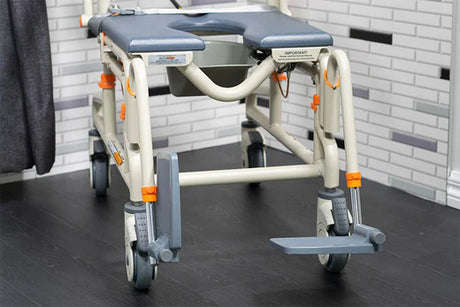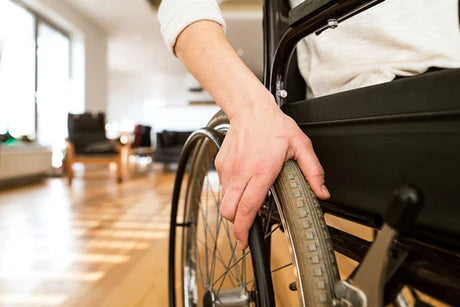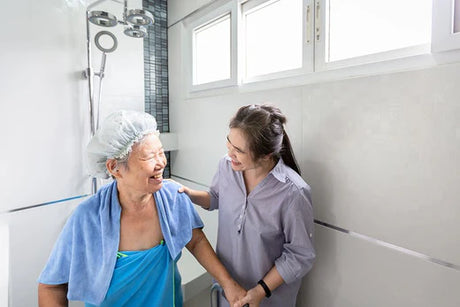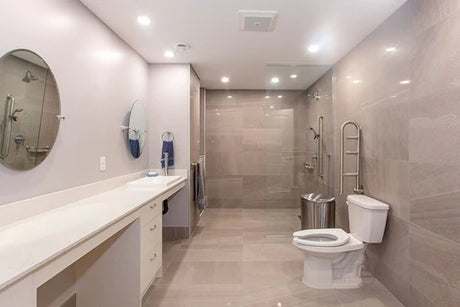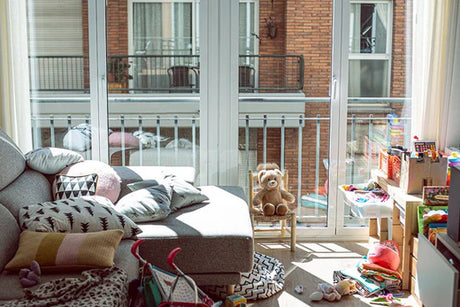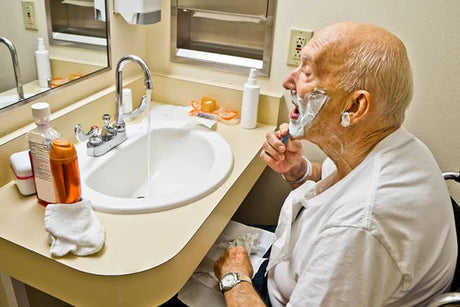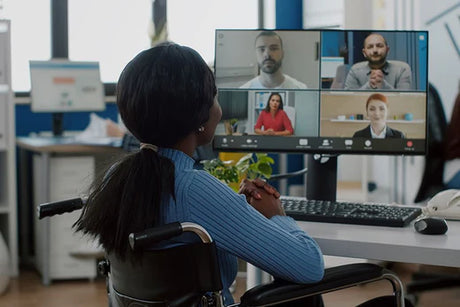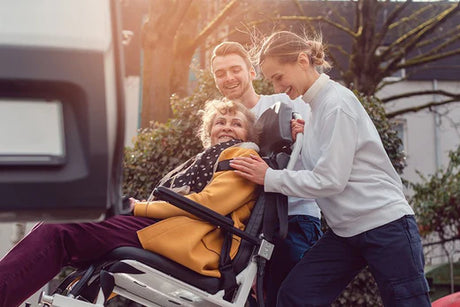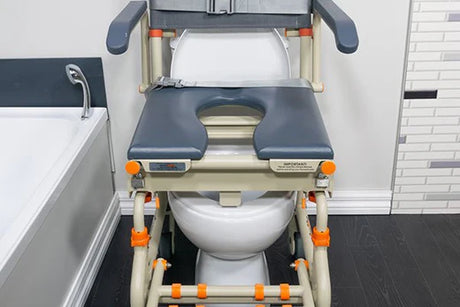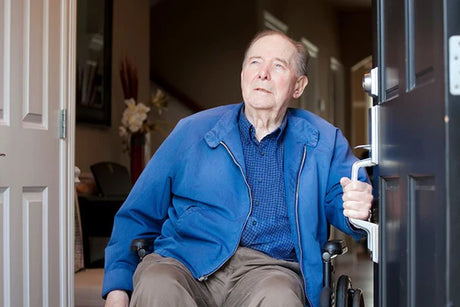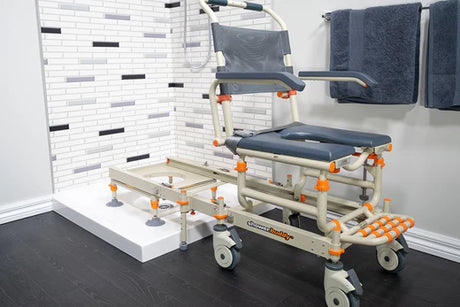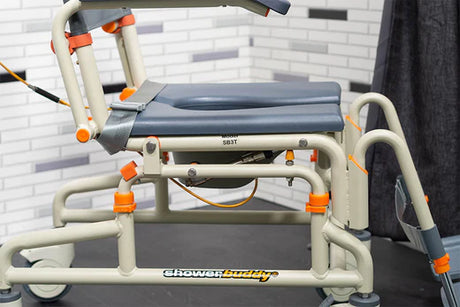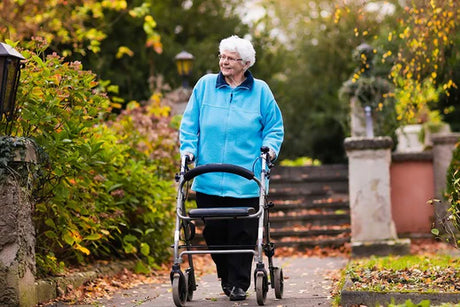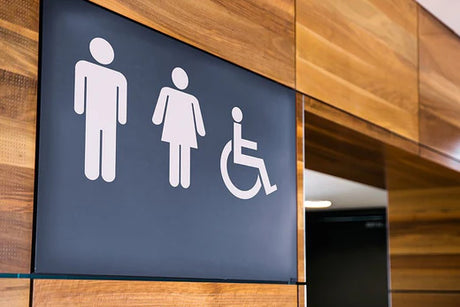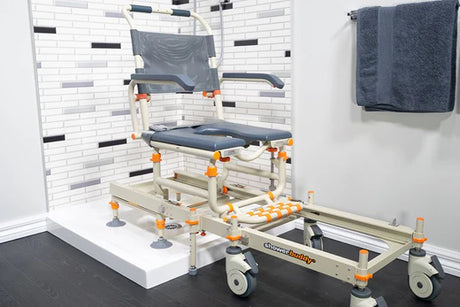1. Maintain a clean, clear home
Cleanliness and clutter-free should be two mantras your household lives by when a member of the family is going through physical rehabilitation. Untidy spaces create difficulty when manuevouring assistive equipment around and transferring your loved one between rooms or body positions.
Keeping the home cleaned is a job best divided up between the household to reduce the load on any one person. If your situation doesn’t allow for that, then you may wish to chat to your OT or health provider about ways to get support keeping the home maintained. The help available will differ depending on where you live and other variables.
2. Address any difficulties with access to the house
Access is crucial for a family with an injured person – the fire risk of not being able to get out quickly puts everyone at risk. Addressing access issues needn’t always be expensive, with sturdy but removable ramps a popular fixture in homes with a step down off the doorways outside. Fixing any wearing locks or handles is also important.
3. Introduce the outside into the home
Whilst outdoor activity will likely be part of the plan anyway, there will be extended periods of time inside, especially for those in a state of considerable incapacity. Families can help this by introducing the outdoors into the home. You may wish to bring some indoor plants into the home, get into the practice of keeping windows open to let fresh breeze through and making an effort to harness as much sunlight as possible.
Without the freedom to get out of the home, it’s on those supporting the individual to help avoid their loved one from feeling trapped in their home.
4. Configure bedrooms to create short trips to bathroom
Proximity is an important aspect of creating a comfortable environment for your loved one. Ideally the bedroom closest to the bathroom is also closest to these areas as well. If you’re unsure about which room would best meet these needs and cater to any care or equipment needed, your occupational and physical therapists can help guide you.
5. Prepare your bathroom for ease of movement
Consider a space like the bathroom with laundry hampers, racks, scales and many small items that can be knocked off shelves. This clutter combined with excess moisture on surfaces makes for a difficult environment to safely move around someone with reduced movement.

6. Install bathroom mobility equipment to assist transfers
Done manually, the awkward shift of weight can lead to back or neck strain of the carer, or even loss of grip on the individual creating a dangerous heavy fall. To remove the stress and difficulty of the transfer, consider getting your bathroom assessed for a transfer system. Products like the ShowerBuddy or TubBuddy are designed with a bridge, base and chair system that enables barrier-free entry by sliding the user in a comfortable seated position to bathing and toileting with less manual handling and lifting required, saving the carers back from potential injury.
A day of physical therapy and rehabilitation is often exhausting for all involved. A proper transfer system gives everyone a break and helps keep the individual safe and secure in the bathroom.
Further reading
IEnjoyed this article? You may be interested in these resources online:
- 10 Tips to Help You Sail Through Physical Therapy – WebMD
- 5 Tips For Sticking To An At-Home Physical Therapy Routine – OrthoRehab Specialists
- How to prepare for going home after short term rehab – Bella Vista Health








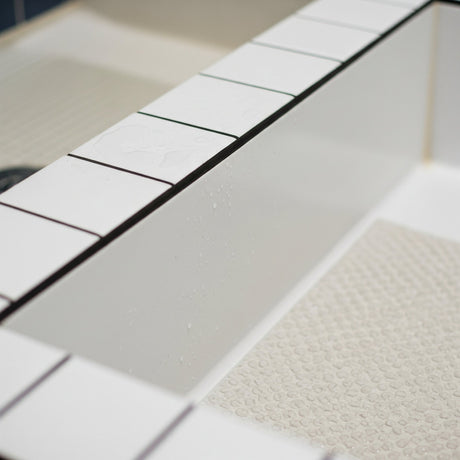

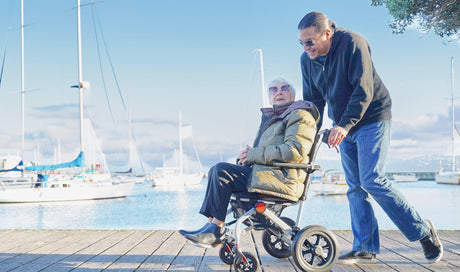
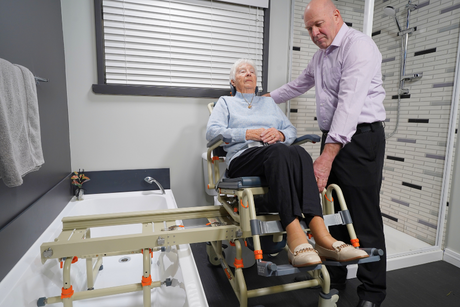
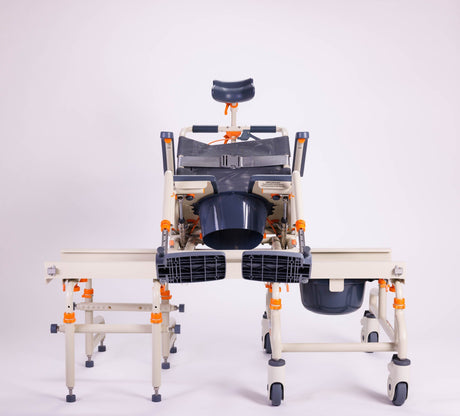
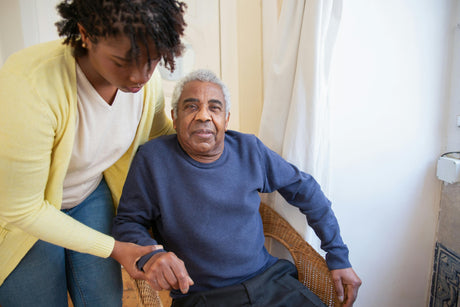
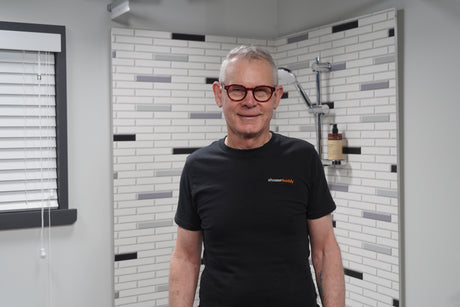
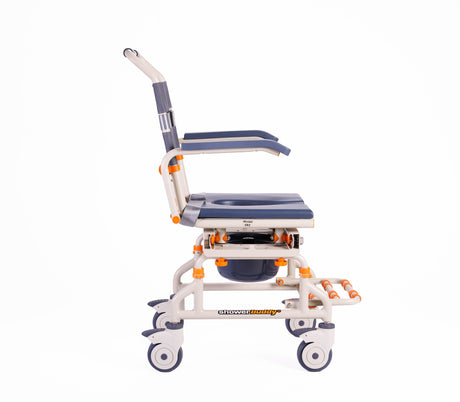
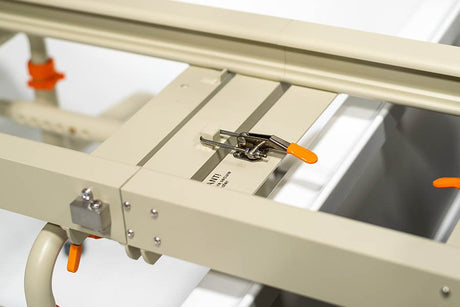
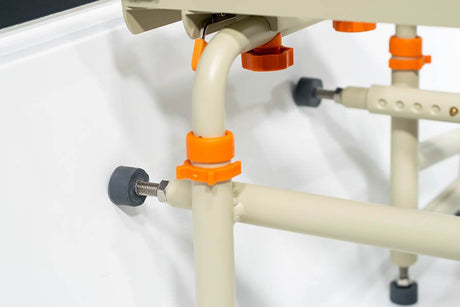
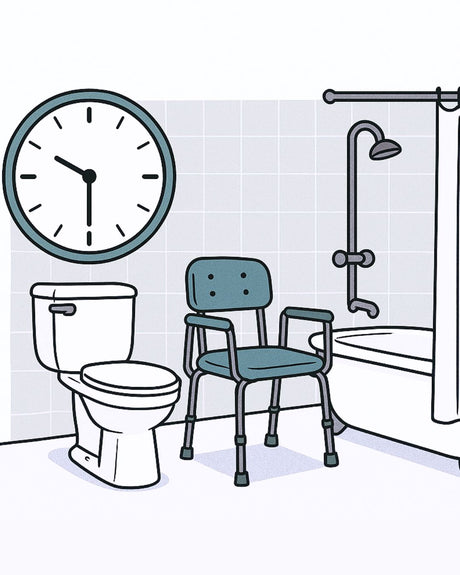
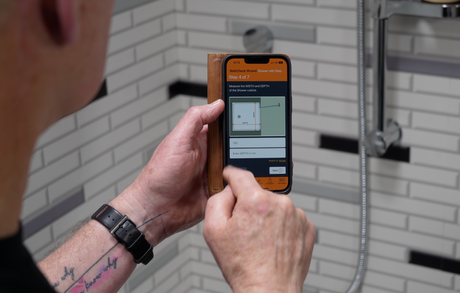
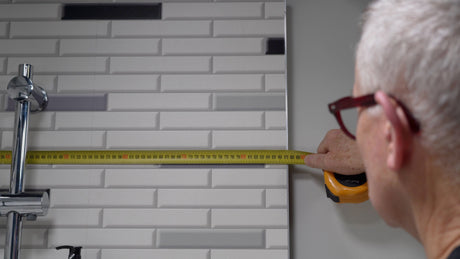
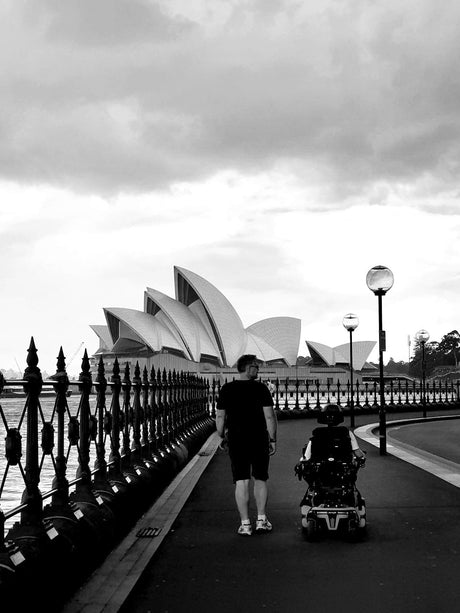
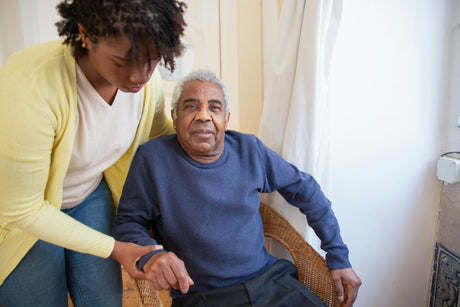
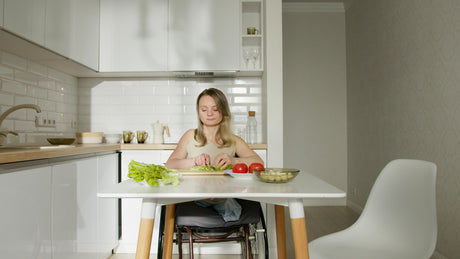
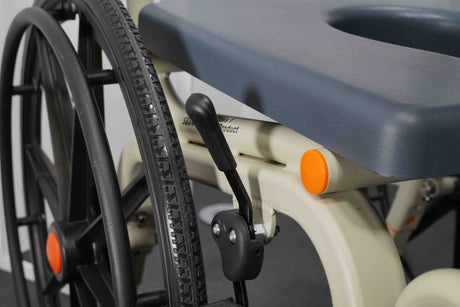


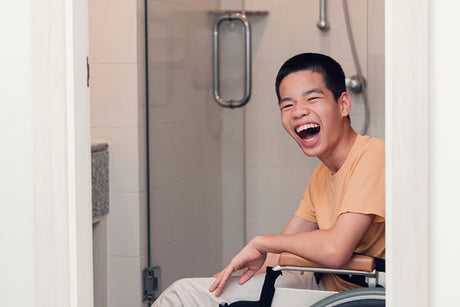
![Toilet Training A Young Child With Mobility Challenges [And How A Shower Chair Can Help]](http://shower-buddy.com/cdn/shop/articles/toilet-training-disabled-child_520x500_a90e5234-d372-435d-aa56-8da15dd3836c.webp?v=1722557239&width=460)

